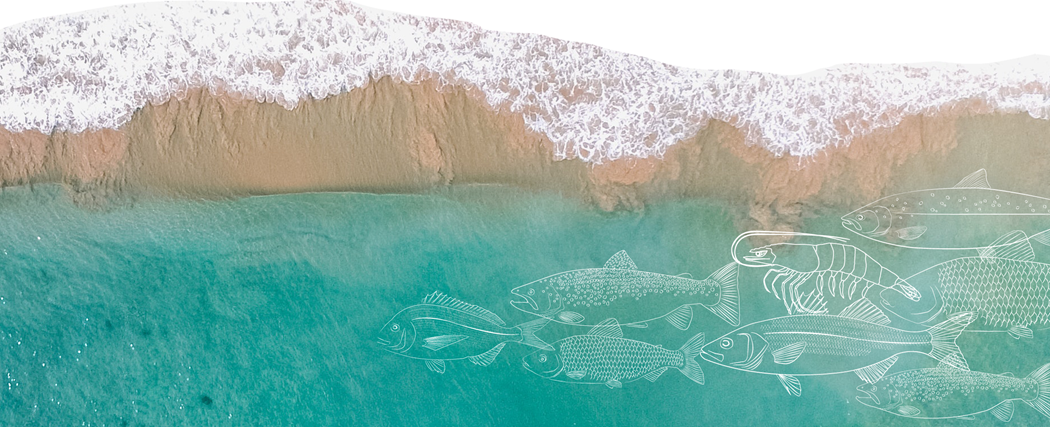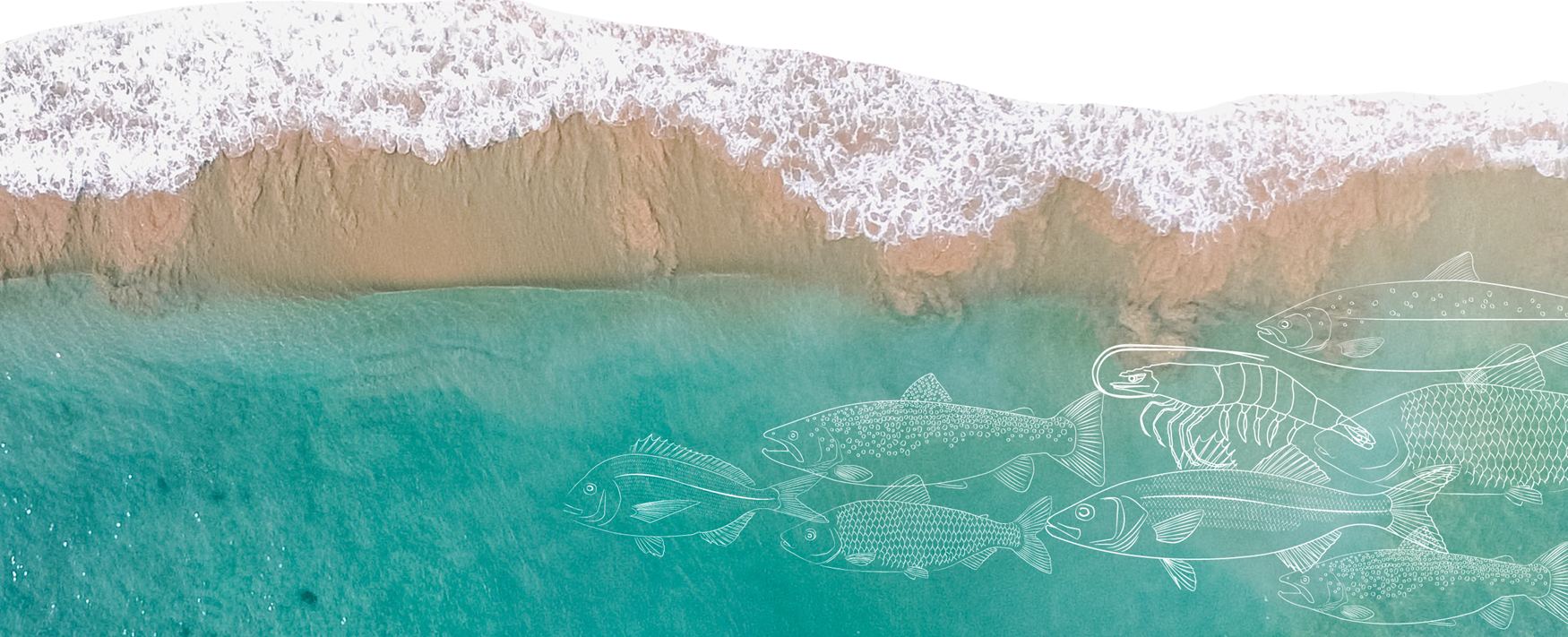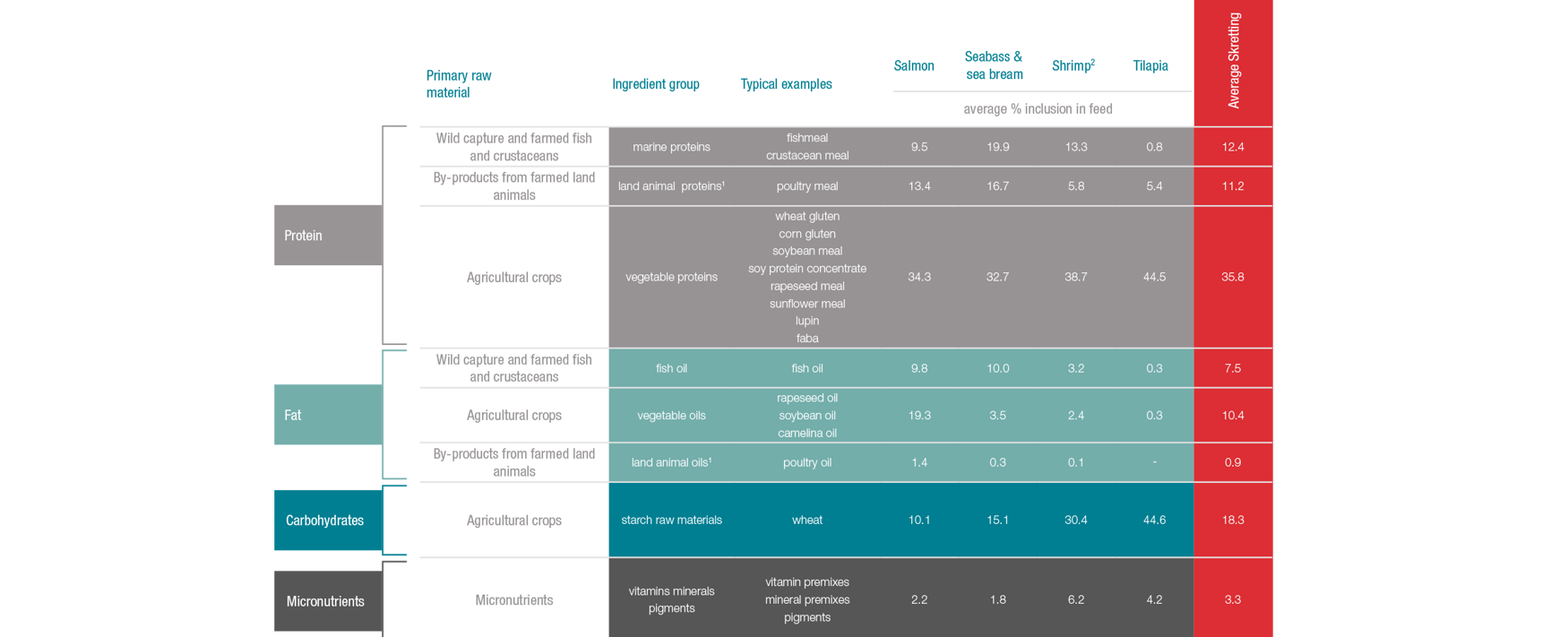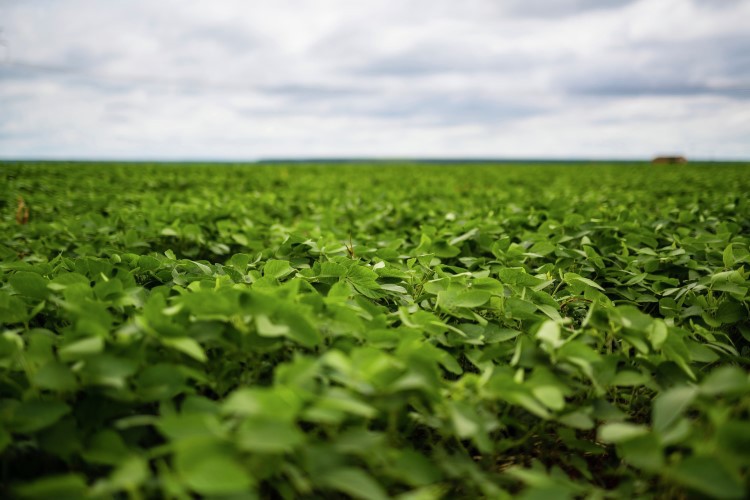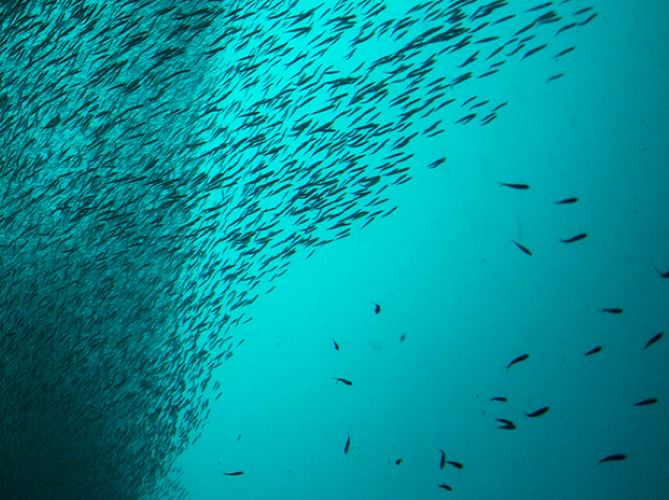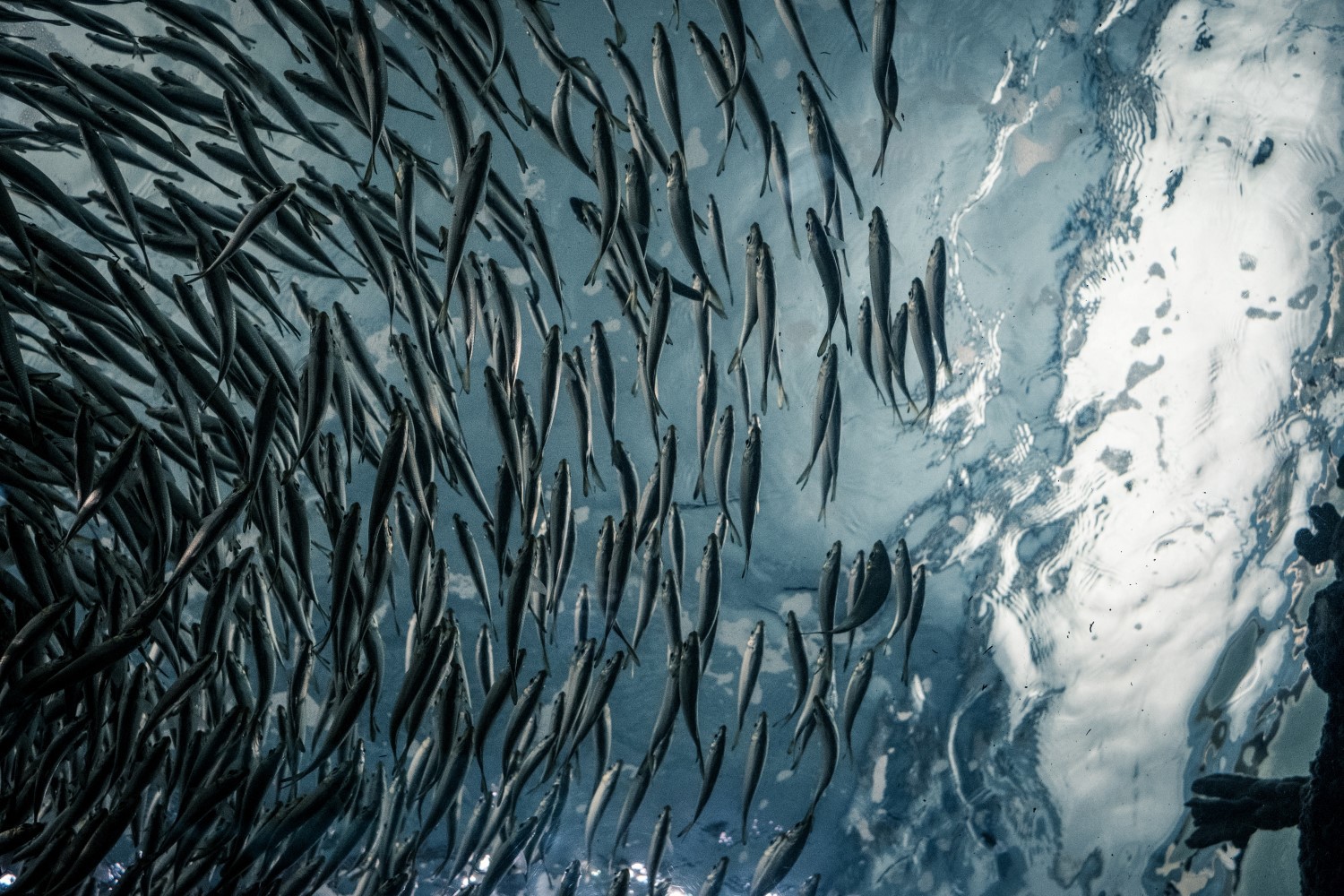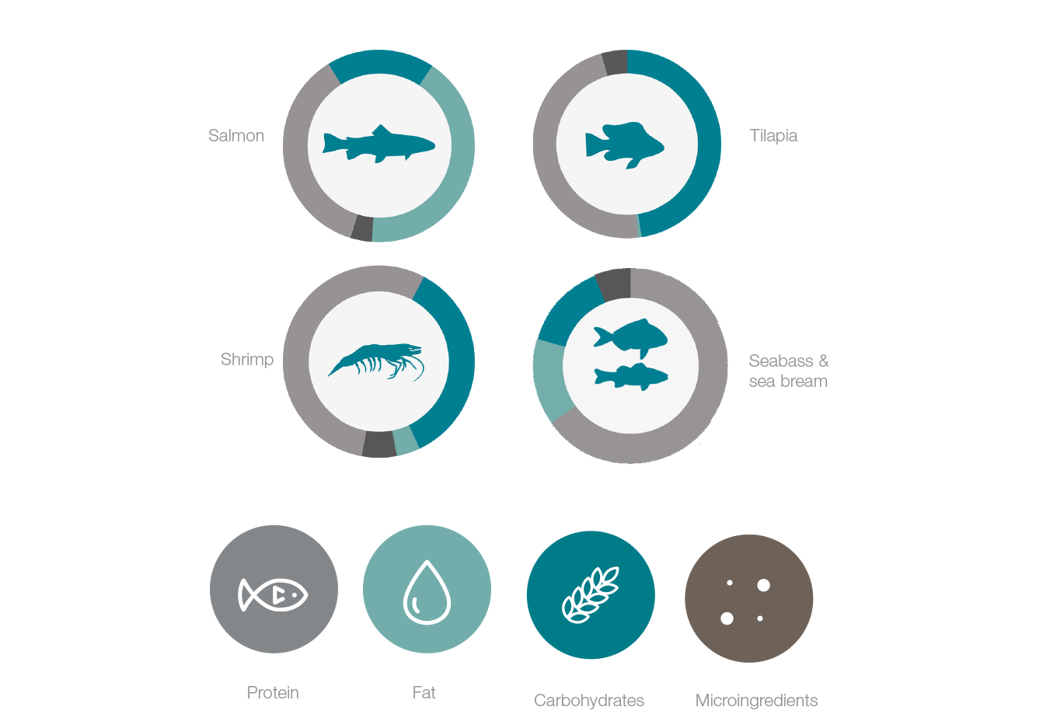
What's in fish and shrimp feed?
We are actively searching for ingredients that will result in more innovative, low emission aquaculture feeds. A reduction in emissions can come through reducing land use, reducing carbon footprint and increased use of products that are not traditionally used directly for food.
Agricultural crops represent the majority of feed ingredients for salmon, shrimp and tilapia. Marine ingredients are also important in salmon and shrimp diets.
Many years of research at Skretting ARC have meant that we can be increasingly flexible in the way that we use ingredients. We consider ingredients as carriers of nutritional components, and with advanced nutritional understanding we are less limited by the source ingredients.
